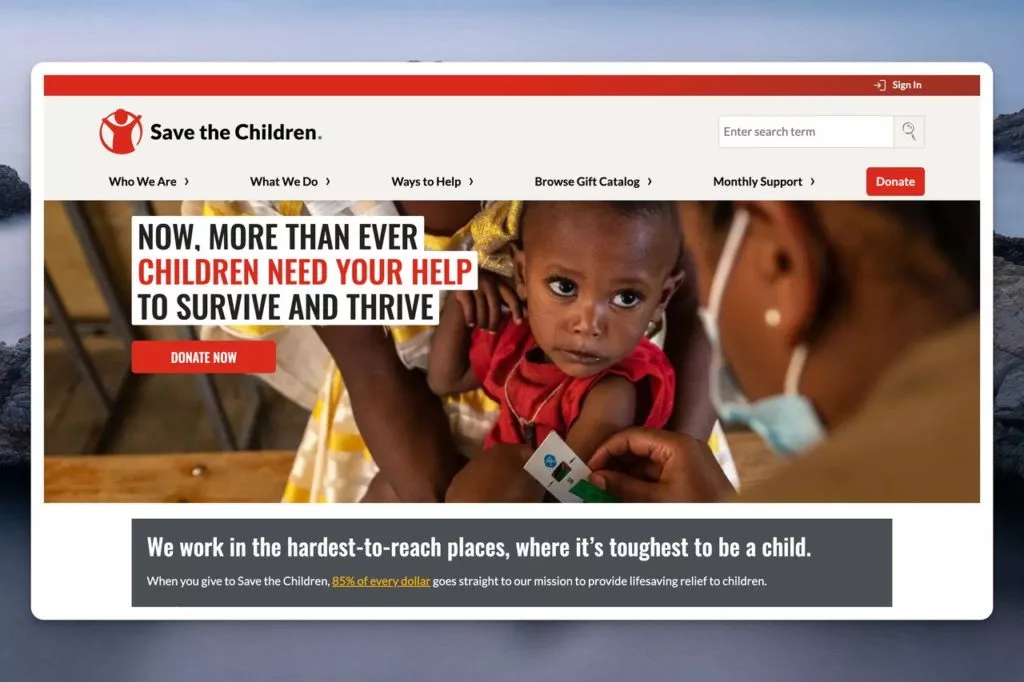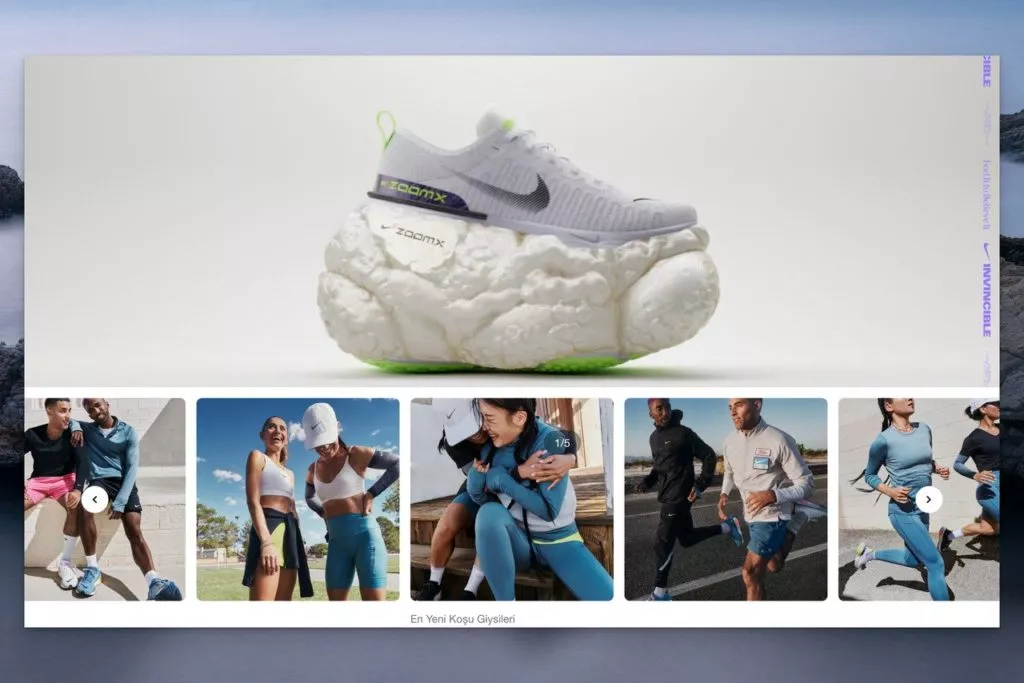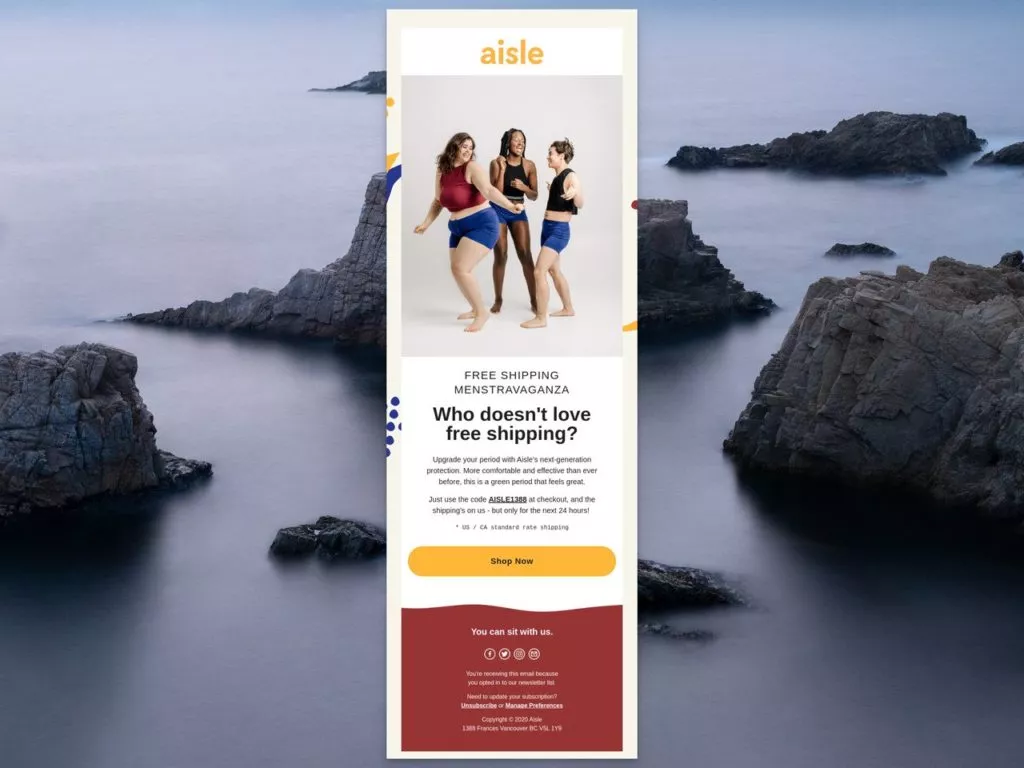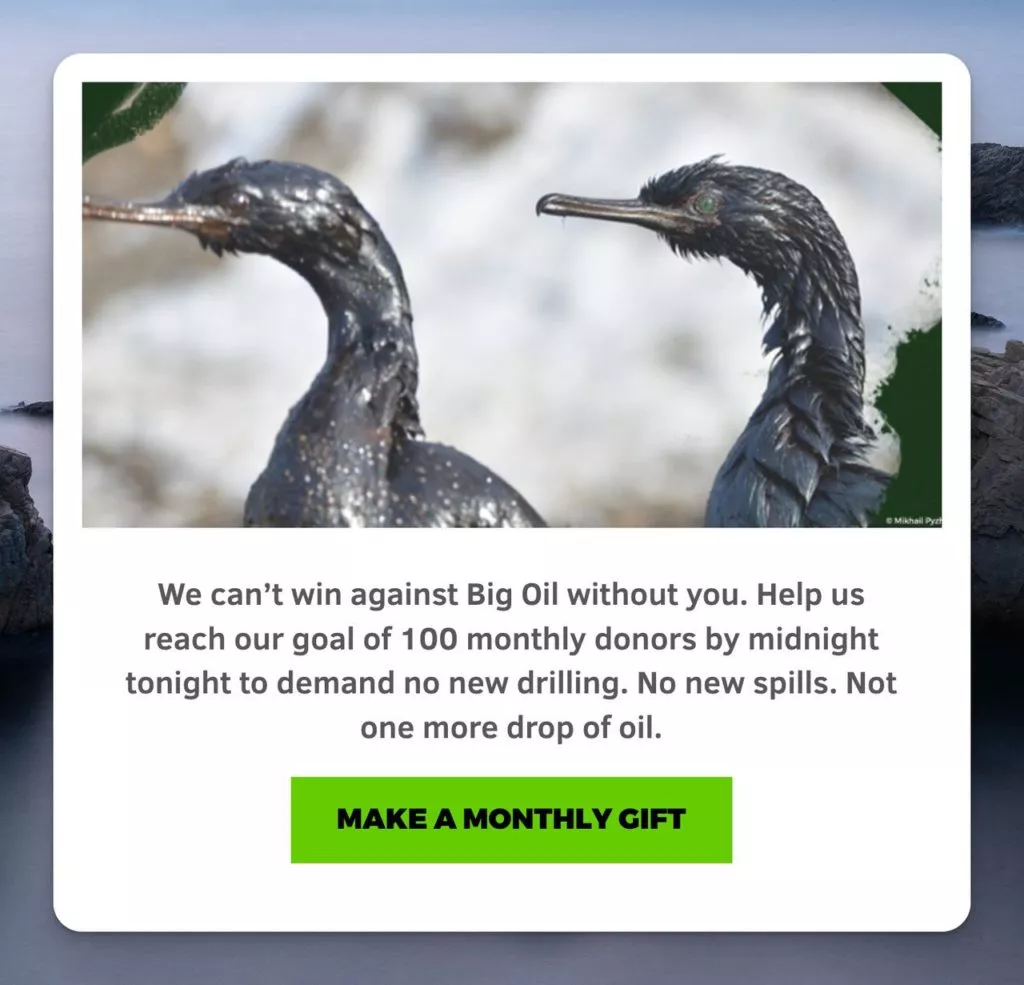Utilizing images is a potent strategy in digital marketing, significantly boosting conversion rates within our visually oriented world. Whether engaged in online product sales, blogging endeavors, or service promotion, the integration of visually captivating images into your website or marketing collateral holds the potential to captivate your intended audience, effectively transforming them into valuable customers.

Learn about the manifold reasons behind the efficacy of images in elevating conversion rates. Moreover, we will explore insightful ways to leverage these visual elements strategically for optimal impact. So, without further delay, let’s unravel the compelling reasons behind the ability of images to enhance your conversion rate and learn how to wield them to your advantage!
Benefits of Using Images to Boost Conversions:

Real Life Examples of Improving Conversions via Images:
1. Establishing Emotional Connections
Images uniquely evoke emotions in viewers, creating a strong emotional connect between the audience and the brand represented in the image. This connection, built on emotions, is pivotal in increasing conversions as it nurtures trust and credibility.
Example: Save the Children’s homepage, featuring a poignant image of a child alongside a side profile, establishes an immediate emotional connection.

By strategically incorporating images that elicit positive emotions, such as joy or excitement, brands can forge a deep and more memorable connection with the audience, ultimately contributing to higher conversion rates.
Learn about conversion marketing here.
2. Simplifying Complex Ideas
Communicating intricate concepts to your audience can be daunting. Images serve as invaluable tools in simplifying these complex ideas, offering visual aids that enhance comprehension.
Example: Using images to illustrate intricate ideas simplifies content and enhances user-friendliness, thereby increasing the likelihood of conversions.
3. Elevating Website Aesthetics
The visual appeal of your website significantly influences the initial impression visitors form about your brand. A well-designed website creates a positive impact, enticing visitors to prolong their stay.
Example: Nike‘s homepage showcases how a visually captivating website can engage visitors, featuring aesthetically pleasing images of innovative footwear.

Investing in the visual design of your website attracts and sustains visitor interest, increasing the probability of desired actions such as making a purchase or completing a form. Furthermore, an aesthetically pleasing website fosters trust and credibility, further enhancing the potential for successful conversions.
4. Amplifies Social Engagement
Strategically integrating visually compelling and pertinent images into your social media strategy can increase the likelihood of your content being shared across platforms. This heightened social engagement translates into expanded exposure for your brand as these images are disseminated by others, reaching a broader audience.
Example: Utilizing engaging images on social media platforms, such as Aisle’s email promotion with lively visuals and an enticing call-to-action, is cost-effective to enhance brand presence and drive conversions.
The ripple effect of heightened visibility extends to increased website traffic and, consequently, a surge in conversion rates. Crafting visually appealing images resonant with your target demographic encourages social media shares, fostering the growth and success of your business.
5. Elevates Product Visibility
Employing high-quality images of your products plays a pivotal role in shaping how potential customers perceive your offerings. Clear and detailed product visuals empower your audience to comprehend what your brand offers.
Example: Aisle’s email featuring three joyous women wearing the same bottom exudes positivity, illustrating how high-quality images can enhance product visibility.

This transparency reduces ambiguity or confusion about the product, thereby increasing trust and credibility. High-quality product images are powerful tools to showcase features and benefits that may be challenging to convey through text alone, significantly augmenting your chances of making a sale.
6. Fosters Trust and Credibility
Utilizing professional and high-quality images becomes a cornerstone in establishing trust/credibility with the audience. Such images testify to your brand’s expertise and authority, positioning your brand favorably against competitors.
Example: Incorporating well-designed and brand-aligned images into your communication, such as those featured in Aisle’s email, effectively communicates the message and builds trust with your audience.
As trust deepens, audience engagement intensifies, increasing the likelihood of conversions. Investing in professional and high-quality images is a pivotal factor underpinning trust and credibility, propelling business growth and success.
7. Elevates User Experience through Strategic Placement
Strategically placing images throughout your website can significantly enhance the overall user experience for the visitors. By integrating images in key locations, you guide your audience through a seamless navigation journey, making locating the desired information more intuitive.
Example: Investing in well-placed images, such as those featured in Popupsmart’s YouTube thumbnail with a clear and bold title, ensures that visitors are engaged and more likely to click on specific content.
This improved navigation experience increases the likelihood of user engagement. It boosts conversions, as visitors are more inclined to take desired actions, such as purchasing or filling out a form. Furthermore, an aesthetically pleasing website, achieved through image-enhanced navigation, makes your site more attractive, encouraging visitors to stay longer and explore further.
8. Provides Crucial Visual Context
Images are powerful tools to provide essential context to your content, aiding visitors in better understanding your message. Utilizing relevant images reinforces your message and enhances clarity, facilitating a deeper connection with your audience.
Example: Greenpeace USA’s impactful use of a popup with an image depicting birds covered in oil reinforces their environmental message and engages visitors emotionally.

By leveraging images for contextual support, you can enrich the overall user experience, making your content more relatable and increasing the chances of sales conversions.
9. Utilize Directional Cues for Effective Guidance
Incorporating directional cues, such as arrows or visual pathways, becomes instrumental in guiding visitors towards specific elements like CTA buttons, thereby streamlining the conversion journey. Human-centric directional cues, like a person’s line of sight or a pointing gesture, profoundly impact visitor engagement.
Example: Popupsmart’s YouTube thumbnail strategically uses a human pointing at the bold title, directing attention and encouraging clicks.

These visual cues act as virtual signposts, guiding users toward conversion goals and ensuring a more directed and intentional interaction with your website.
10. Harnesses the Viral Potential of Smart Images
Engaging and humorous smart images, like memes generated through meme creators, possess the viral potency to skyrocket your conversion rates. Easily shareable and entertaining, memes garner increased likes and shares, amplifying your brand’s visibility and driving conversions.
Example: HipChat’s strategic use of the “Y U No Guy” meme on a billboard sparked positive responses, resulting in a significant uptick in organic search traffic and new customers.

By tapping into the viral nature of smart images, you enhance your brand’s online presence and create a win-win situation by boosting conversions and fostering audience engagement.
Maximizing Conversion Rates: A Comprehensive Guide to Image Utilization
1. Use High-Quality Images
- Strategy: Instill trust and credibility by incorporating clear, well-lit, professionally captured images.
- Tools/Plugins: Employ Adobe Lightroom for advanced photo editing, Canva for versatile design capabilities, and ShortPixel to compress images efficiently.
2. Be Strategic with Placement
- Strategy: Position images strategically for maximum impact, especially near call-to-action buttons or key content areas.
- Tools/Plugins: Leverage Elementor for WordPress, offering an intuitive drag-and-drop interface facilitating precise image placement.
3. Tell a Compelling Story through Images
- Strategy: Use images as a narrative tool to engage audiences and foster a more profound emotional connection.
- Tools/Plugins: Explore Storyform for WordPress, empowering you to create visually captivating stories enriched with multimedia elements.
4. Showcase Products in Detail
- Strategy: Highlight product features and benefits by employing high-quality images for a comprehensive showcase.
- Tools/Plugins: Leverage Shopify’s built-in image editing features or utilize WooCommerce’s Product Gallery for WordPress.
5. Optimize for Web and Mobile
- Strategy: Ensure images are optimized for web and mobile platforms, prioritizing faster load times for enhanced user experience.
- Tools/Plugins: Streamline image compression with Imagify for WordPress, contributing to improved website performance.
6. Utilize Alt Tags for Accessibility
- Strategy: Enhance accessibility by incorporating descriptive alt tags catering to visually impaired users and aiding search engine comprehension.
- Tools/Plugins: Implement SEO-optimized images for WordPress, automating alt-tag optimization for improved accessibility.
7. Consider Custom Graphics
- Strategy: Simplify complex concepts and captivate your audience with custom graphics like infographics.
- Tools/Plugins: Leverage Piktochart or Canva Pro for designing visually appealing custom graphics.
8. Test and Experiment with Images
- Strategy: Foster continuous improvement by regularly testing different images to identify the most resonant ones, ultimately driving conversions.
- Tools/Plugins: Harness Google Optimize for A/B testing, gaining insights into image performance and audience preferences.
Conclusion:
In conclusion, the role of images in skyrocketing conversion rates is indisputable. Whether forging emotional connections, simplifying complex concepts, or enhancing website aesthetics, images wield immense potential in transforming user interactions into conversions.
However, the key lies in wielding images effectively to extract maximum impact. Harness the potency of high-quality visuals, strategically position them, and weave a compelling narrative through images to amplify their conversion-boosting capabilities.
Integrating images into your strategy is non-negotiable if you aspire to elevate your marketing endeavors. This strategic incorporation fosters a more engaging campaign and paves the way for heightened conversions and overall success in your business ventures.
FAQs on Images for Conversion:
How do Images Affect Sales?
Images profoundly influence sales by guiding a customer’s purchasing decisions. They serve as visual aids, enabling customers to envision and compare products, enhancing user experience, and facilitating smoother navigation on your website.
Do Images Increase SEO?
Images can positively impact Search Engine Optimization (SEO), albeit indirectly. While search engines can’t comprehend image content, optimizing images with detailed alt tags and descriptive captions aids in conveying contextual information. This optimization, in turn, enhances a website’s visibility in search results.
Does Image Size Affect Performance?
Indeed, the size of images significantly influences website performance. Large images contribute to slower loading speeds, adversely affecting user experience and potentially harming a website’s search engine ranking. Sluggish loading times can lead to increased bounce rates, diminished engagement, reduced conversions, and decreased visibility within search results.



